Optimized Design of Low Complexity SCMA System Assisted by Compressed Sensing
-
摘要: 稀疏码多址接入(SCMA)技术是一项备受重视的基于码域的非正交多址接入(NOMA)技术。针对现有SCMA码本设计中未能结合数据和解码器性质以及MPA复杂度较高的问题,该文提出一种压缩感知辅助的低复杂度 SCMA系统优化设计方案。首先以系统误码率为优化目标,设计一种码本自更新方法用于实现低复杂度检测器,该方法在稀疏向量重构训练过程中使用梯度下降法实现码本的自更新。其次,设计一种压缩感知辅助的多用户检测算法:符号判决正交匹配追踪(SD-OMP)算法。通过在发射端对发射信号进行稀疏化处理,在接收端利用压缩感知技术对多用户的稀疏信号进行高效的检测和重构,达到减少用户间的冲突和降低系统复杂度的目的。仿真结果表明,在高斯信道条件下,压缩感知辅助的低复杂度 SCMA系统优化设计方案能够有效降低多用户检测的复杂度,且在系统用户部分活跃时能够表现出较好的误码率性能。Abstract: Sparse Code Multiple Access (SCMA) technology is a highly valued code domain-based Non-Orthogonal Multiple Access (NOMA) technology. In order to solve the problem that the existing SCMA codebook design fails to combine the properties of data and decoder and the high complexity of MPA, a compressed sensing-assisted low-complexity SCMA system optimization design scheme is proposed. First, a codebook self-updating method is designed based on the system bit error rate optimization goal, which uses the gradient descent method to achieve self-updating of the codebook during the sparse vector reconstruction training process. Second, a compressed sensing-assisted multi-user detection algorithm is designed: Sign Decision Orthogonal Matching Pursuit (SD-OMP) algorithm. By sparse processing of the transmitted signal at the transmitting end, the compressed sensing technology is used at the receiving end to efficiently detect and reconstruct multi-user sparse signals, this results in a reduction of conflicts between users and a reduction in system complexity. The simulation results show that under Gaussian channel conditions, the compressed sensing-assisted low-complexity SCMA system optimization and design scheme can effectively reduce the complexity of multi-user detection, and can show better bit error rate performance when the system user part is active.
-
表 1 自定义信号元素转换规则
信号元素 列向量 1 $ {\left[1,\mathrm{ }0\right]}^{\mathrm{T}} $ 2 $ {\left[0,\mathrm{ }1\right]}^{\mathrm{T}} $ 3 $ {\left[0,\mathrm{ }-1\right]}^{\mathrm{T}} $ 4 $ {\left[-1,\mathrm{ }0\right]}^{\mathrm{T}} $ NULL $ {\left[0,\mathrm{ }0\right]}^{\mathrm{T}} $ 1 SD-OMP算法流程
输入:观测信号 $ \boldsymbol{y} $,观测矩阵 $ \boldsymbol{A} $,稀疏度 $ S $,门限值 $ {V}_{\mathrm{t}\mathrm{h}} $ 输出:估计的系数信号 $ \widehat{\boldsymbol{x}} $ 1.(初始化设置):迭代索引$ l=1 $,初始化支撑集
$ {\varOmega }\left(l-1\right)=\varphi $,
初始残差$ \boldsymbol{r}\left(l-1\right)=\boldsymbol{y} $;2.$ \rm{w}\rm{h}\rm{i}\rm{l}\rm{e}\;l\le S\;\rm{d}\rm{o}: $ 3.(相关性计算):$ {\varLambda }\left(l\right)=\mathrm{arg}\underset{i=\mathrm{1,2},\cdots ,K}{\mathrm{max}}{\left\|{\boldsymbol{A}}^{\mathrm{H}}\boldsymbol{r}(l-1)\right\|}_{2} $; 4.(更新支撑集):$ {\varOmega }\left(l\right)={\varOmega }\left(l-1\right)\cup {\varLambda }\left(l\right) $; 5.(最小二乘估计):$ \widehat x = {({A_{\varOmega (l)}})^\dagger }{\boldsymbol{y}} $ 6.(残差更新):$ \boldsymbol{r}\left(l\right)=\boldsymbol{y}-\boldsymbol{A}{\mathrm{sign}}\left({\widehat{\boldsymbol{x}}}^{\left(l\right)}\right) $; 7.$ {\rm{i}\rm{f}\left\|\boldsymbol{r}\left(l\right)\right\|}_{2} < {V}_{\mathrm{t}\mathrm{h}} $ 8.$ \rm{break} $; 9.$ \rm{end}\;\rm{while} $ 10.(输出估计的稀疏信号):$ \widehat{\boldsymbol{x}}={\mathrm{sign}}\left({\widehat{\boldsymbol{x}}}^{\left(L\right)}\right) $; 表 2 仿真参数设置
参数名称 参数值 资源元素数K 4 码字数 M 4 用户数 J 6 样本数 1280 bit MPA迭代次数 3 自更新迭代次数 300 -
[1] DAI Linglong, WANG Bichai, YUAN Yifei, et al. Non-orthogonal multiple access for 5G: Solutions, challenges, opportunities, and future research trends[J]. IEEE Communications Magazine, 2015, 53(9): 74–81. doi: 10.1109/MCOM.2015.7263349. [2] BENJEBBOUR A, SAITO Y, KISHIYAMA Y H, et al. Concept and practical considerations of Non-Orthogonal Multiple Access (NOMA) for future radio access[C]. International Symposium on Intelligent Signal Processing and Communication Systems, Naha, Japan, 2013: 770–774. doi: 10.1109/ISPACS.2013.6704653. [3] RIAZUL ISLAM S M, AVAZOV N, DOBRE O A, et al. Power-domain Non-Orthogonal Multiple Access (NOMA) in 5G systems: Potentials and challenges[J]. IEEE Communications Surveys & Tutorials, 2017, 19(2): 721–742. doi: 10.1109/COMST.2016.2621116. [4] YANG Zheng, DING Zhiguo, FAN Pingzhi, et al. A general power allocation scheme to guarantee quality of service in downlink and uplink NOMA systems[J]. IEEE Transactions on Wireless Communications, 2016, 15(11): 7244–7257. doi: 10.1109/TWC.2016.2599521. [5] NIKOPOUR H and BALIGH H. Sparse code multiple access[C]. 2013 IEEE 24th Annual International Symposium on Personal, Indoor, and Mobile Radio Communications (PIMRC), London, UK, 2013: 332–336. doi: 10.1109/PIMRC.2013.6666156. [6] HOSHYAR R, WATHAN F P, and TAFAZOLLI R. Novel low-density signature for synchronous CDMA systems over AWGN channel[J]. IEEE Transactions on Signal Processing, 2008, 56(4): 1616–1626. doi: 10.1109/TSP.2007.909320. [7] YU Lisu, FAN Pingzhi, CAI Donghong, et al. Design and analysis of SCMA codebook based on star-QAM signaling constellations[J]. IEEE Transactions on Vehicular Technology, 2018, 67(11): 10543–10553. doi: 10.1109/TVT.2018.2865920. [8] CHEN Y M, HSU Y C, WU Mengchen, et al. On near-optimal codebook and receiver designs for MIMO-SCMA schemes[J]. IEEE Transactions on Wireless Communications, 2022, 21(12): 10724–10738. doi: 10.1109/TWC.2022.3186973. [9] WEN Haifeng, LIU Zilong, LUO Qu, et al. Designing enhanced multidimensional constellations for code-domain NOMA[J]. IEEE Wireless Communications Letters, 2022, 11(10): 2130–2134. doi: 10.1109/LWC.2022.3194604. [10] LUO Qu, LIU Zilong, CHEN Gaojie, et al. A design of low-projection SCMA codebooks for ultra-low decoding complexity in downlink IoT networks[J]. IEEE Transactions on Wireless Communications, 2023, 22(10): 6608–6623. doi: 10.1109/TWC.2023.3244868. [11] LEI Tuofeng, NI Shuyan, CHENG Naiping, et al. A novel scheme for the construction of the SCMA codebook[J]. IEEE Access, 2022, 10: 100987–100998. doi: 10.1109/ACCESS.2022.3207898. [12] LUO Qu, LIU Zilong, CHEN Gaojie, et al. A novel multitask learning empowered codebook design for downlink SCMA networks[J]. IEEE Wireless Communications Letters, 2022, 11(6): 1268–1272. doi: 10.1109/LWC.2022.3163810. [13] 雷菁, 王水琴, 黄巍, 等. 稀疏码多址接入多用户检测算法综述[J]. 电子与信息学报, 2021, 43(10): 2757–2770. doi: 10.11999/ JEIT210118.LEI Jing, WANG Shuiqin, HUANG Wei, et al. Survey of multi-user detection algorithms for sparse code multiple access system[J]. Journal of Electronics & Information Technology, 2021, 43(10): 2757–2770. doi: 10.11999/JEIT210118. [14] GAO Pengyu, DU Yang, DONG Binhong, et al. Low-complexity CS-aided MPA detector for SCMA systems[J]. IEEE Communications Letters, 2018, 22(4): 784–787. doi: 10.1109/LCOMM.2017.2779859. [15] ZHAO Xiaoyan, WANG Cheng, CAI Songsong, et al. Low Complexity MPA Based on Dynamic Threshold and Stability Judgment for SCMA[C]. GLOBECOM 2022 - 2022 IEEE Global Communications Conference, Rio De Janeiro, Brazil, 2022: 3302–3307. doi: 10.1109/GLOBECOM48099.2022.10001635. [16] 陈俊源. SCMA辅助可见光通信系统的码本与低复杂度接收机设计[D]. [硕士论文], 南昌大学, 2023. doi: 10.27232/d.cnki.gnchu.2023.003594.CHEN Junyuan. Codebook and low complexity receiver design for SCMA assisted visible light communication system[D]. [Master dissertation], Nanchang University, 2023. doi: 10.27232/d.cnki.gnchu.2023.003594. [17] Altera Innovation Asia website, Presentation 1st 5G algorithm innovation competition-ENV1. 0-SCMA[OL]. http://www.innov-ateasia.com/5g/en/gp2.html, 2017. -





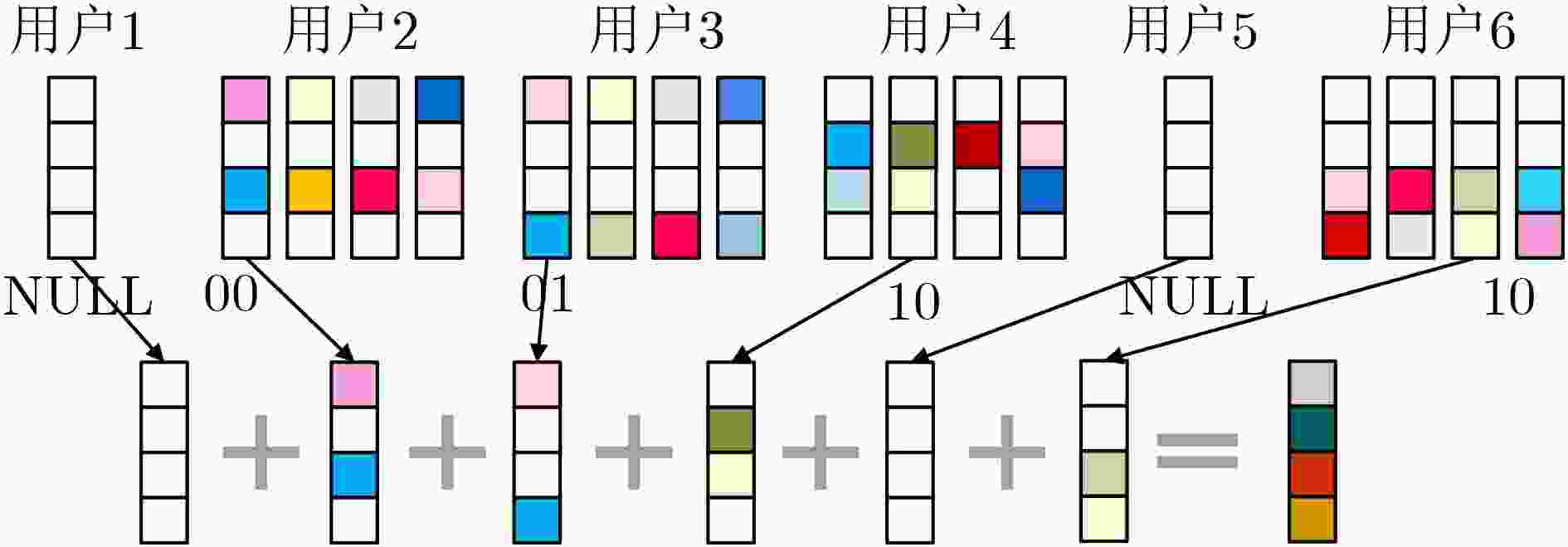
 下载:
下载:
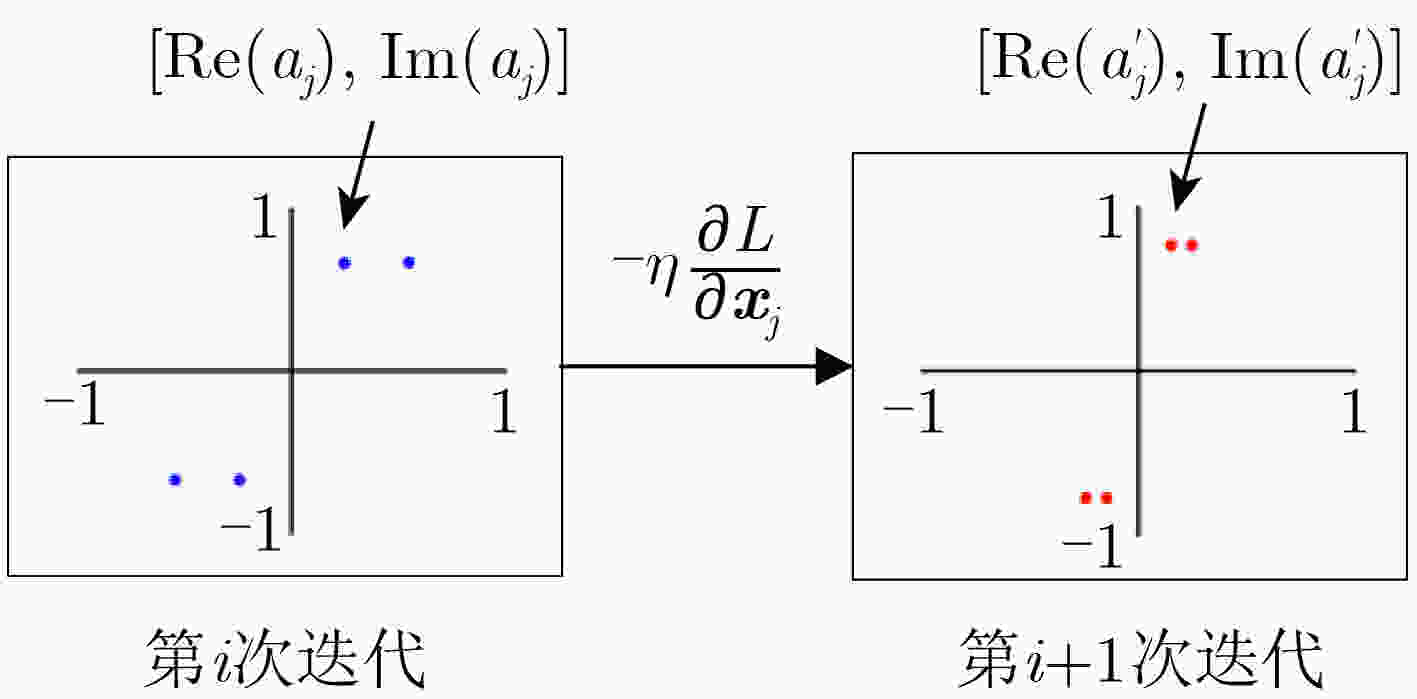
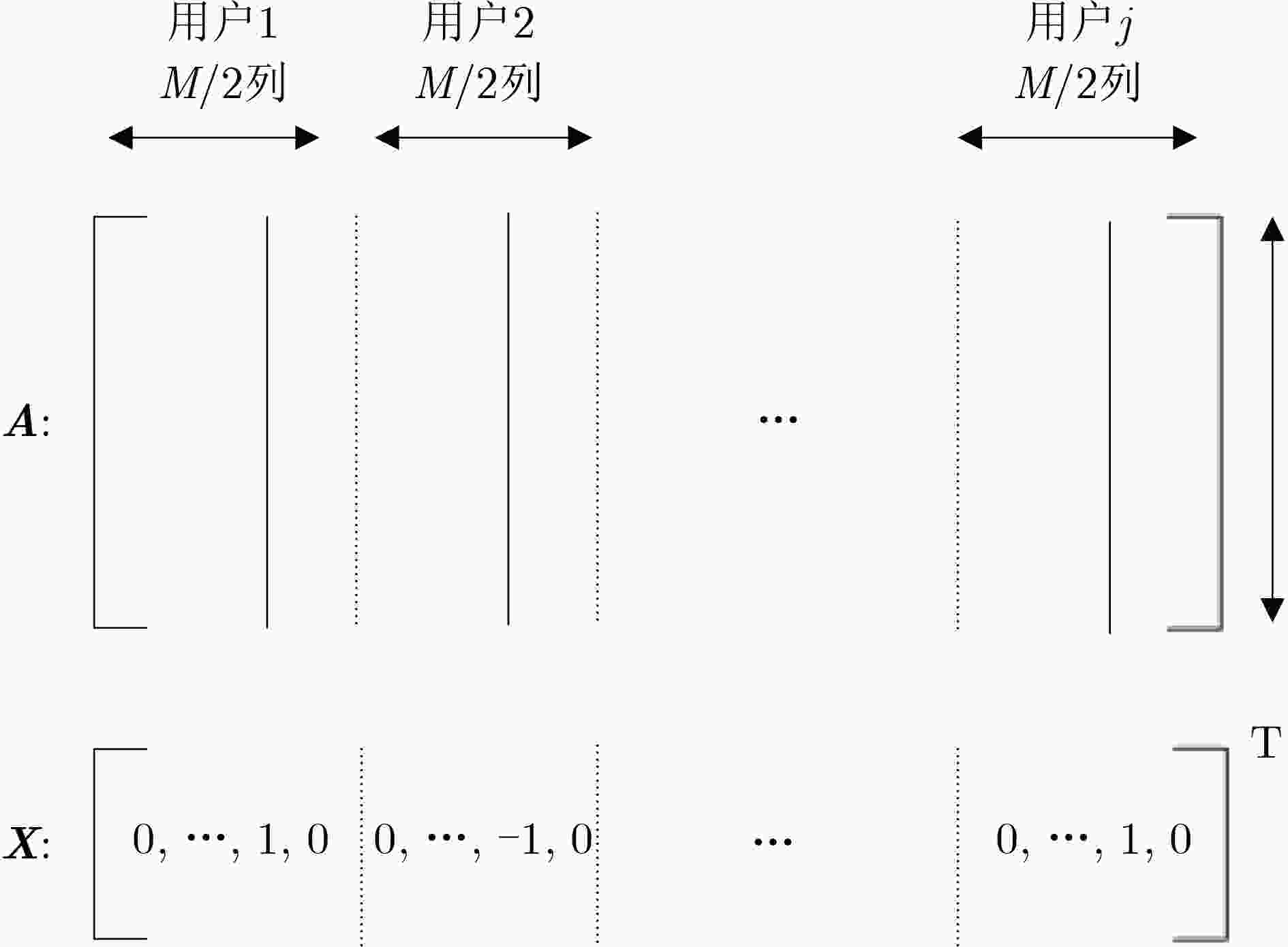
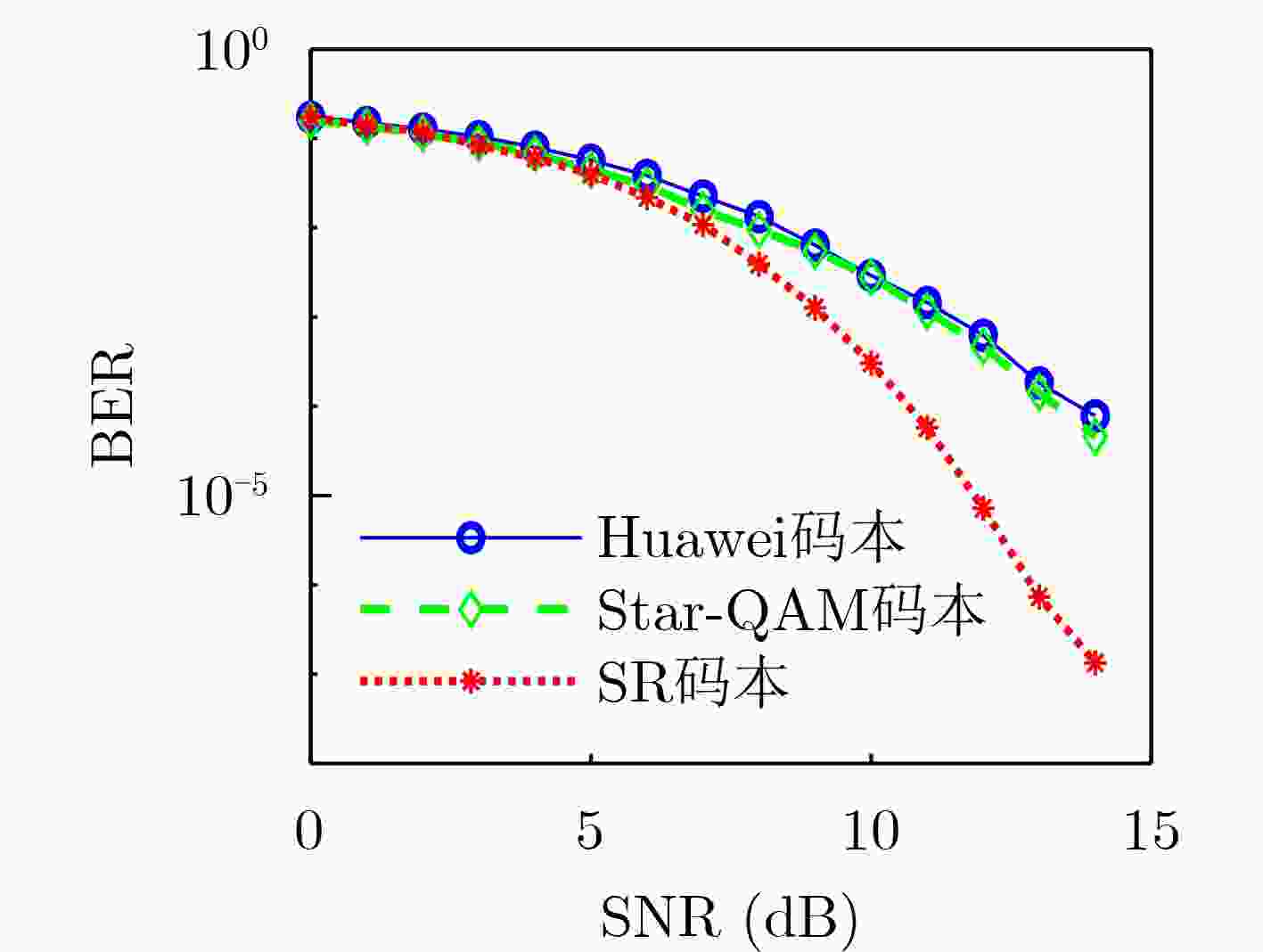
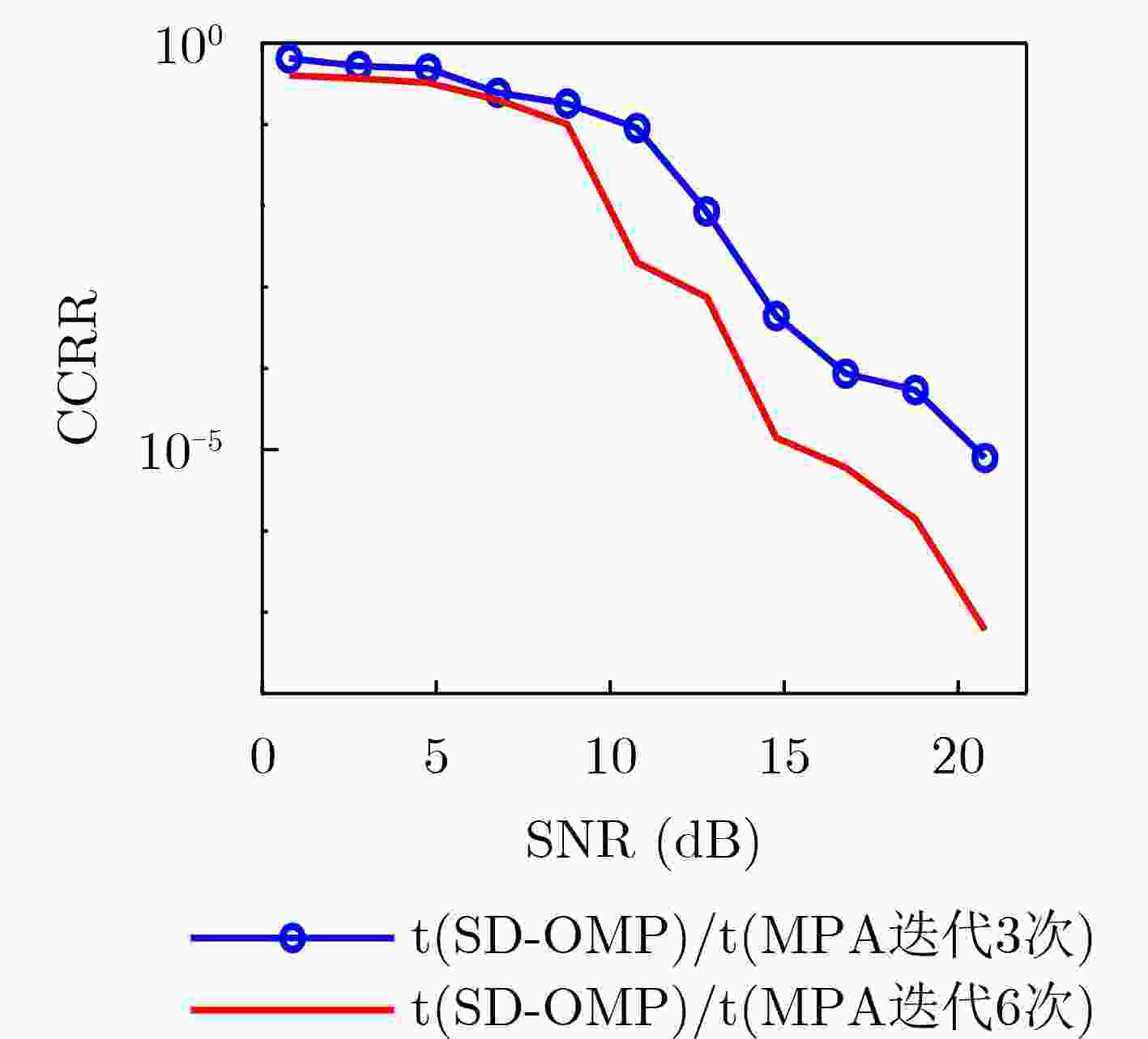
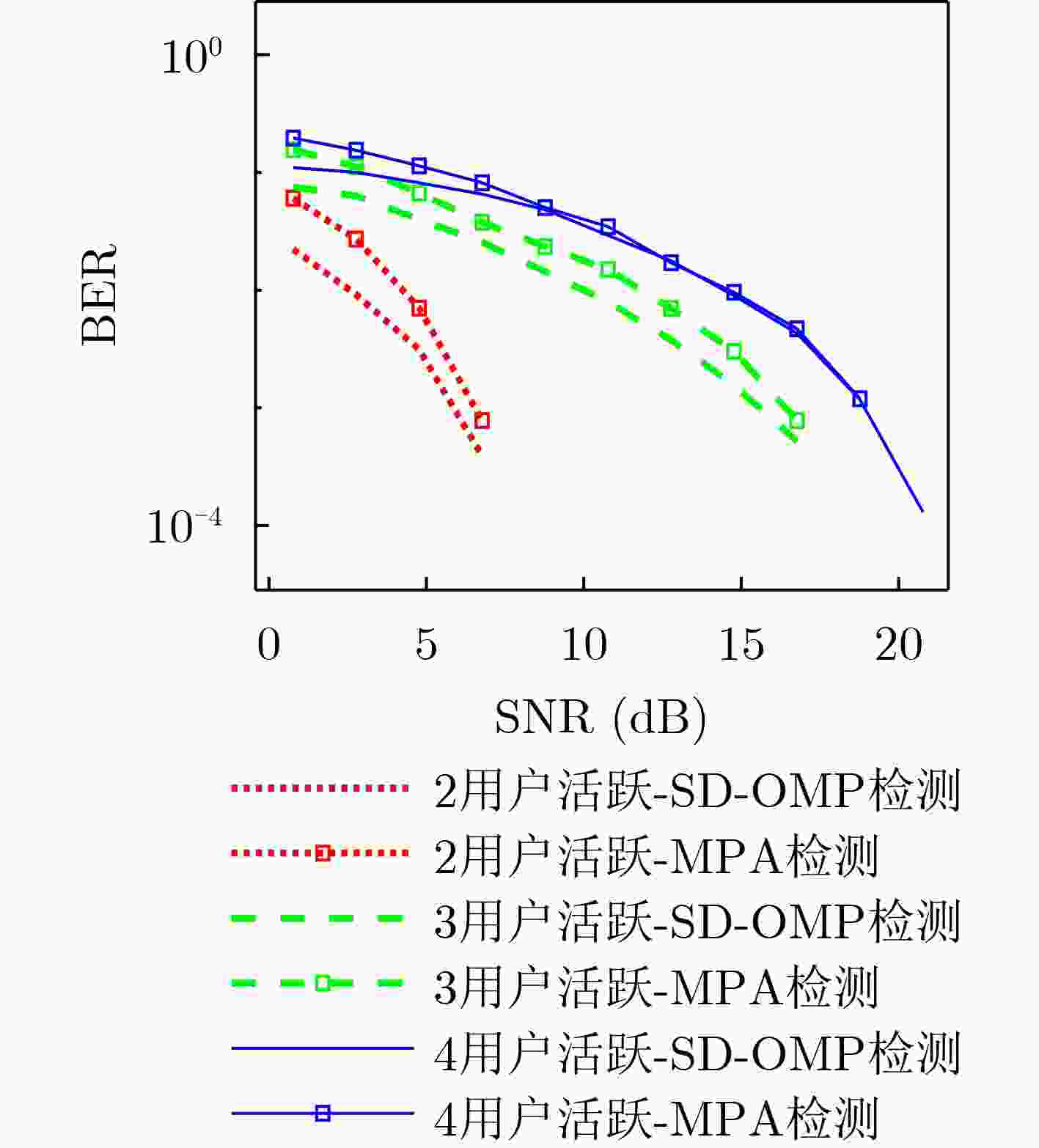


 下载:
下载:
